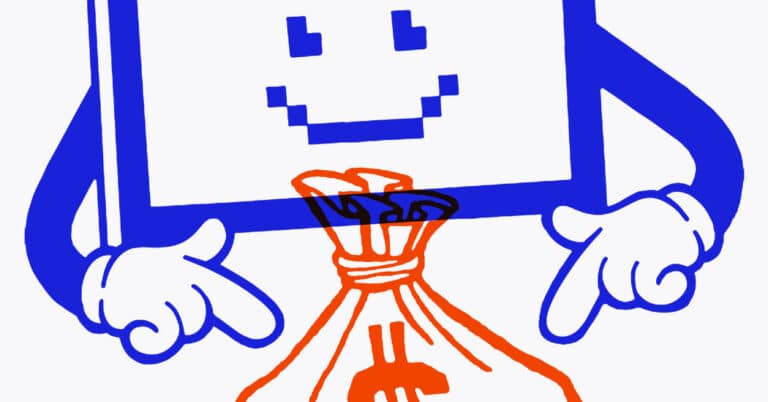Changes in Tipping Technology and Custom Shift the Balance of Power
The tipping landscape has been experiencing significant changes due to advancements in technology and shifting customs. This has resulted in a shift of power away from customers and towards service providers. People now feel compelled to tip out of fear of negative consequences if they don’t.
As a result, tipping percentages have increased, and more types of service providers are now being tipped. This benefits the providers themselves and the companies they work for, as the companies can pay their workers less, knowing they have additional income from tips.
Point-of-sale terminals, such as those found at Starbucks, now prompt customers to leave larger tips. While customers still have the choice to leave no tip or a small one, the presence of the service provider in front of them often influences their decision. The Wall Street Journal even reported that people are being prompted to tip at self-checkout terminals.
DoorDash, a food delivery service, has introduced a warning on its app that informs customers that their orders may take longer to be accepted if they don’t add a tip at the time of ordering. This warning has resulted in a decrease in the number of no-tip orders. If a no-tip order sits for too long, DoorDash will increase the base pay to incentivize a driver to pick it up.
While it is positive to see workers in low-paid and demanding jobs earning more through tips, there is a concern that companies may indirectly benefit from these larger tips. DoorDash claims that its drivers get to keep all of their tips, and their base pay is not reduced if they receive tips. However, money is fungible, and it is likely that these increased tip earnings will allow the company to offer lower base pay in the long run.
The shift in power dynamics goes beyond tipping and raises the question of who is trying to please whom. For example, ride-hailing service Uber allows drivers to rate their passengers, which creates a strong incentive for passengers to behave well. However, many customers may not realize that the driver rates them before seeing their tip.
Economists find tipping intriguing as it can sometimes seem irrational. Leaving a tip at a restaurant in a city you will never visit again may be driven by a desire to impress a dining companion or develop a reputation for altruism, which can be beneficial in the long run. Businesses encourage tipping for two reasons: monitoring and pricing. Tipping helps service businesses monitor employee performance and allows them to effectively charge different prices based on customer willingness to tip.
The current trend of pre-service tipping undermines the monitoring function of tipping, as tips are no longer as sensitive to service quality. DoorDash, for instance, allows customers to increase their tip for great service but does not allow them to reduce it for poor service to prevent “tip baiting.”
While technology may be changing the way tipping works, human nature remains the same. Service businesses must ensure that their practices align with customer expectations and beliefs about what is right.
Elsewhere, there is a growing concern about the declining share of income going to labor. As artificial intelligence advances, there is a fear that human labor will be replaced, leading to a potential need for policies such as a national or global dividend to guarantee a minimum standard of living for everyone.
Quote of the Day: “Uncertainty must be taken in a sense radically different from the familiar notion of Risk, from which it has never been properly separated.” – Frank Knight, “Risk, Uncertainty and Profit” (1921)


